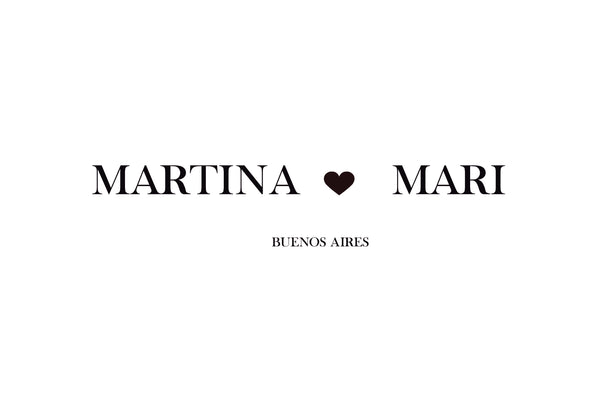Manufacturing
Every single Martina Mari product is handcrafted with the very best Argentinian leather
![]()
-
Design and Pattern Making: The process begins with the design phase where the company's designers create sketches and select the desired style, shape, and size of the handbag. Once the design is finalized, a pattern maker creates a blueprint or pattern for the bag.
-
Material Selection: High-quality leather is chosen for the handbags. The type of leather may vary, such as cowhide, sheepskin, or exotic leathers like alligator or snakeskin. The leather is selected based on its texture, durability, and appearance.
-
Cutting and Preparation: The leather hides are inspected for any flaws or imperfections. Then, the pattern is laid on the leather, and skilled artisans use special cutting tools to precisely cut the leather pieces according to the pattern. Care is taken to utilize the leather efficiently, minimizing waste.
-
Stitching: The cut leather pieces are then sent to the sewing department. Skilled craftsmen or seamstresses use sewing machines and hand stitching techniques to stitch the leather pieces together, forming the body of the handbag. This requires precision and attention to detail to ensure neat and sturdy seams.
-
Edge Finishing: The edges of the leather are often smoothed and finished to enhance the appearance and durability of the handbag. This can be done through processes like edge staining, burnishing, or edge painting, depending on the desired finish.
-
Hardware and Accessories: The handbag's hardware components, such as zippers, buckles, clasps, and decorative elements, are selected and attached to the bag. These components can be made of various materials like metal, plastic, or wood, depending on the design and desired aesthetics.
-
Assembly and Finishing Touches: Once the body of the handbag is complete, it goes through the assembly phase. Inner linings, pockets, and compartments are added, and any additional embellishments, such as logo tags or decorative stitching, are applied. The bag is carefully inspected for quality control to ensure it meets the company's standards.
-
Quality Control and Inspection: Each handbag undergoes a rigorous quality control process to check for any defects or flaws. This includes checking stitching, hardware functionality, symmetry, and overall construction. Any issues found are corrected before the handbags move on to the final stages.
-
Finishing and Packaging: The handbags receive final touches, such as polishing, buffing, or applying protective coatings, to enhance their appearance and durability. The bags are then carefully packaged, often with dust bags or protective covers, to prevent any damage during transportation.
-
Distribution and Sales: Once packaged, the handbags are ready for distribution and sale. They may be sold through various channels such as retail stores, e-commerce platforms, or the company's own outlets.
![]()
